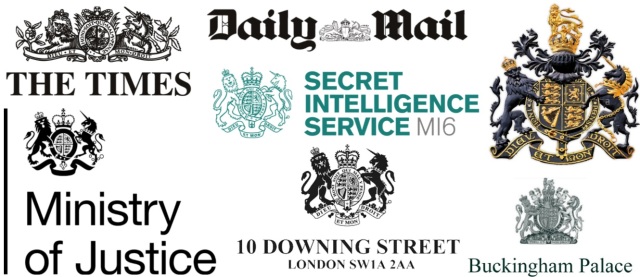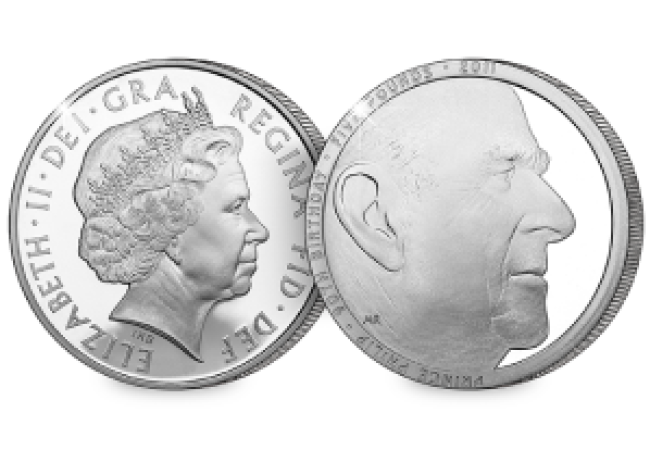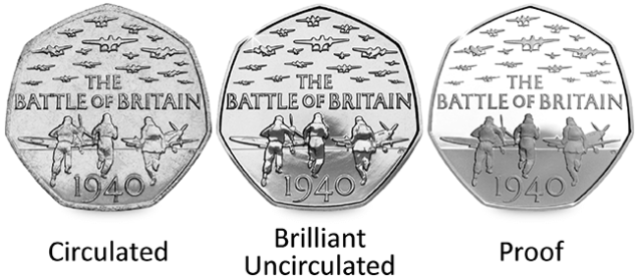Posts Tagged ‘Collectable’
What are ‘The Queen’s Beasts’ and why do they feature on the new £5 coins?
In 2017, The Royal Mint revealed a series of brand new base metal UK £5 coins featuring an intriguing range of creatures called the ‘Queen’s Beasts’.
After all 10 beasts were released, The Royal Mint struck a final coin as the perfect way to celebrate the series as a whole.
2021 UK Queen’s Beasts £5
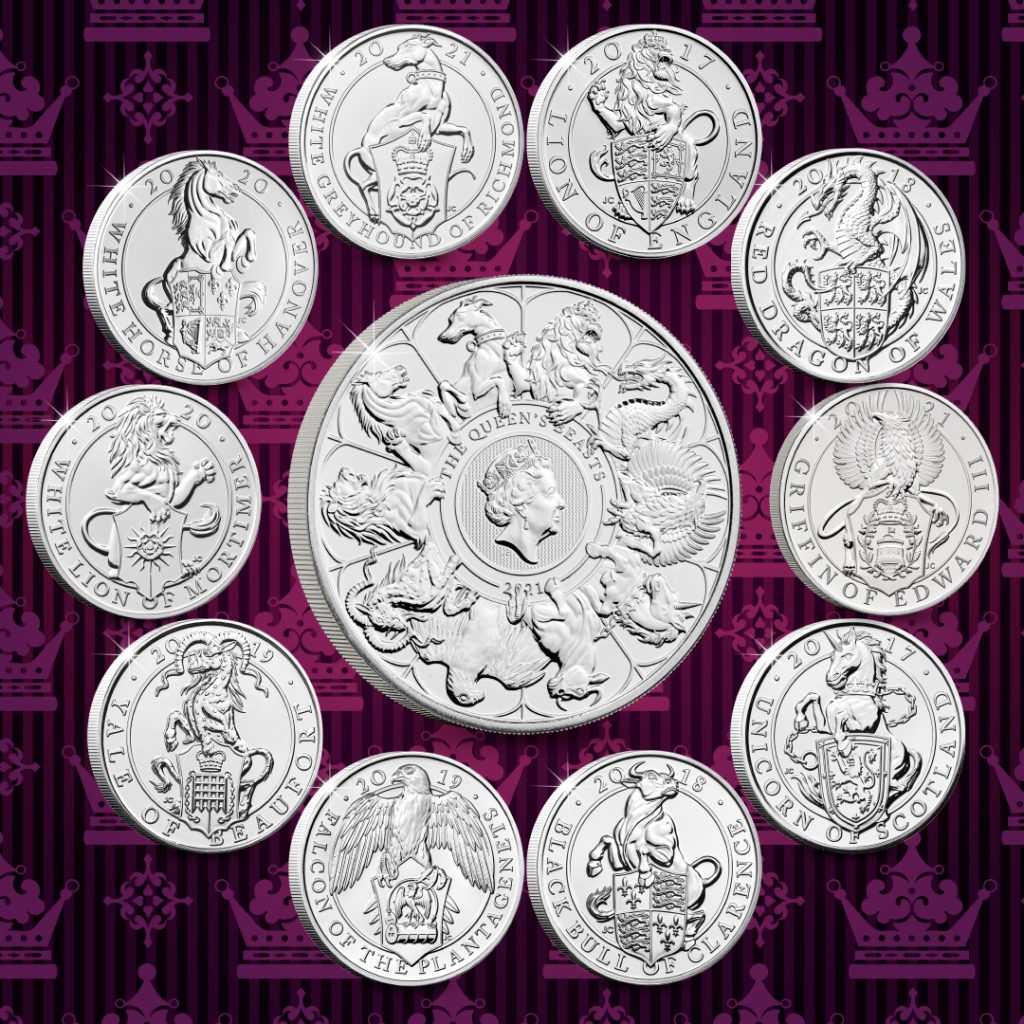
Designed by acclaimed Royal Mint engraver, Jody Clark, the reverse of this coin features not just one, but ALL TEN beasts together on a single coin to celebrate the series as a whole.
The design features each heraldic creature from the series in a striking illustration of Her Majesty’s royal line of descent.
Recognisable as national symbols and representations of the great houses that vied for the throne, the Beasts include lions, a bull, a falcon, a horse and a greyhound, as well as creatures of myth and legend.
This coin is now OFF SALE AT THE MINT, so don’t miss the chance to secure yours in superior Brilliant Uncirculated quality here >>
Or why not view the full range of coins and fill the gaps in your Queen’s Beasts collection here >>
Why “The Queen’s Beasts”?
Over 400 years ago Henry VIII commissioned the sculpting of 10 heraldic animal statues. They were produced to represent the ancestry of King Henry VIII and his third wife Jane Seymour. These became known as “The King’s Beasts” and can still be seen to this day, guarding the main entrance to Hampton Court Palace.
In 1952, in preparation for the coronation of Queen Elizabeth II, sculptor Sir James Woodford was tasked to create ten new statues, similar to “The King’s Beasts” but more suited to the Queen. Woodford was instructed not to produce exact replicas to those at Hampton Court Palace as some of them would have had little connection with Her Majesty’s own family or ancestry.
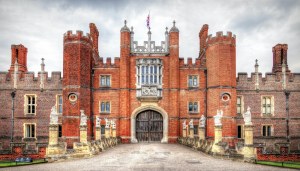
As the Queen arrived for her coronation at Westminster Abbey, she was greeted by 10 six-foot tall beasts each representing a different part of her genealogy and thus “The Queen’s Beasts” were born.

The 10 beasts were made up of ‘The Lion of England’, ‘The White Greyhound of Richmond’, ‘The Yale of Beaufort’, ‘The Red Dragon of Wales’, ‘The White Horse of Hanover’, ‘The White Lion of Mortimer’, ‘The Unicorn of Scotland’, ‘The Griffin of Edward III’, ‘The Black Bull of Clarence’ and ‘The Falcon of the Plantagenets’.
After the coronation, the beasts were offered to Canada as a gift. The Canadian government accepted and the beasts can still be seen today on display in the Canadian Museum of History.
The Queen’s Beasts in modern culture
Still to this day, the Queen’s Beasts play a hugely important part in British culture, in particular The Lion of England and The Unicorn of Scotland.
For example, they feature in the logos of some of our country’s most famous and important institutions, most notably The Royal Arms, 10 Downing Street and Buckingham Palace.
Now that you know about the history of these heraldic creatures, take a look around and you’ll be surprised how often you see them being used in everyday life.
Secure the 2021 UK Queen’s Beasts £5 for your collection today for £24.99 (+p&p)
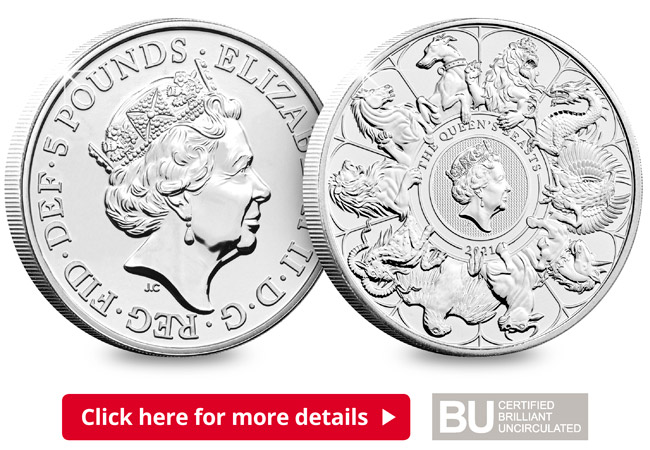
The Queen’s Beasts coins have proved incredibly popular with collectors since the very first issue and as we see the release of the final coin I wouldn’t delay in securing one for your collection today.
Your coin has been struck to a superior Brilliant Uncirculated quality, ensuring its quality is perfect for you to add to your collection. It will also come protectively encapsulated in official Change Checker packaging to preserve it for generations to come.
To secure the 2021 UK Queens Beasts £5 for your collection whilst stocks last, click here >>
Why you should be collecting £5 Coins
We’re often asked by Change Checkers what can they collect once they’ve completed their collections of 50ps, £1s and £2s.
Quite simply, there’s only one answer. £5 coins. These are my reasons why:
1. A Treasure Hunt
In the past, collectors were able to get £5 coins from banks and post offices, but nowadays some of the older designs are like gold-dust. And more often than not, new UK £5 issues are snapped up by collectors on release, so it can be quite a challenge tracking down every single one for a complete collection. You can source online, in auctions and of course from Change Checker! We’ve built up some superb stock over the years which we are now making available to collectors.

2. When less is more
In this case – interest. It’s obvious that popular coin issues create instant and on-going demand for a coin, but the same can be said for ‘less interesting’ coin designs. Let me explain…
This may come as a surprise, but a coin that is issued with a less interesting theme or design and is not initially popular with collectors, can be a real hidden gem for coin collections. This is because the less coins that are sold, the lower the final number of units that are available to future collectors.
But whilst most collectors would shy away from unpopular themes, it is these very coins that are likely to become the most sought after in years to come. And the 2011 Prince Philip £5 coin is a prime example…
Back in 2011 a UK £5 coin was issued by The Royal Mint in celebration of the 90th birthday of Prince Philip.
The coins design featured a specially commissioned portrait of Philip by Mark Richards FRBS. Just 18,730 of these coins were struck in Brilliant Uncirculated presentation packs making it one of the rarest £5 coins ever.
And because of this, the coin is extremely sought after by collectors and is virtually impossible to get hold of on the secondary market.
3. Only available for a limited time
As you probably already know, coins with a lower mintage are often the most sought-after by collectors in years to come. And the coins with popular themes are timeless pieces of numismatic history that only become more and more desireable as time passes.
£5 coins are only available for a limited time and when you add to this the intense interest in the event the coin is commemorating (usually important royal events), you have a hugely collectable coin, sought after by collectors from all over the world.
4. Historically valuable
One of the key points Change Checkers look out for when deciding which coins to add to their collection, is the possibility that the value of that coin will increase and we’ve seen it happen many times before with circulation coins. The Kew Gardens 50p for example.
One thing you can be sure of though is the historical interest of £5 coins will be worth more to future generations than the £5 face value now. When you take all the above points into account, there is no doubt that the importance of £5 coins ensures the coins remain sought-after and collectable.
So do you have any £5 coins in your collection? Let us know via Facebook, Twitter or leave a comment below!
Interested in finding out if you own one of the rarest £5 coins? Click here to find out more>>
Exclusive £15 SAVING – Own the FIRST EVER UK £5

The UK’s FIRST EVER £5 coin was fittingly issued to celebrate the 90th birthday of Queen Elizabeth, the Queen Mother.
A limited number of these are available to our collectors at the exclusive discounted price of JUST £9.99 (+p&p) – that’s a £15 SAVING.
Click here to secure your Queen Mother 90th Birthday £5 for just £9.99 (+p&p)
Change Checker Encyclopedia – Coin terminology made easy!
 The thing we love about coin collecting is that anybody can do it…but, we’re aware that to those who are not seasoned collectors, some of the terminology can be a bit daunting. So we decided to draw up a go-to terminology list, the Change Checker Encyclopedia, to ensure you never confuse your ‘base metal’ from your ‘bi-metallic’ again!
The thing we love about coin collecting is that anybody can do it…but, we’re aware that to those who are not seasoned collectors, some of the terminology can be a bit daunting. So we decided to draw up a go-to terminology list, the Change Checker Encyclopedia, to ensure you never confuse your ‘base metal’ from your ‘bi-metallic’ again!
Face Value
The face value of coins is usually its legal value. However, their market value usually doesn’t bear any relationship to the face value as collectors pay close attention to the coin’s metal content, finish and rarity.
Obverse
This is the side of the coin which features the monarch’s head- hence “Heads”
Reverse
This is the opposite side of the coin to the monarch’s head and commonly referred to as “tails”. This will usually feature an emblem or another design.
Circulated
These are the coins that you find in your change. As they’ve been circulated among the population they’re likely to show some wear and tear.
Uncirculated
A coin in a new condition fresh from the Mint originally intended for circulation but not circulated. Usually they have some small scratches and marks.
Brilliant Uncirculated
These coins are struck to a superior finish and don’t have the scratched or blemishes you’ll find on the coins in your change.
Proof
‘Proof’ refers to the finish of a coin and is often a favourite amongst collectors. Proof coins are struck several times with special highly polished dies and usually have a mirror lustre finish, with frosted relief.
Blank
This is a disc-shaped piece of metal onto which a coin image is struck or pressed
Base Metal
This is a common and inexpensive metal, usually either Cupro-Nickel or Nickel Brass, used to produced coins for circulation.
Milled Coin
This is any coin that has been struck in a coining press.
Die
This is a block of hardened metal that has a design or effigy engraved on to it. It is used to impress the design onto a coin blank.
Strike
This is the final stage of the coin making process where an image is pressed (using huge force created by two dies) onto both sides of a coin blank.
Bi-Metallic
A coin made from the combination of 2 metals or alloys, our £2 and the new 12-sided £1 coin are good examples.
Mis-Strike
The striking process is never fully exempt from human error and sometimes a coin can become mis-aligned during the striking process, making it a mis-strike.
Error
Genuine errors, such as the undated 20p and ‘silver’ 2p are extremely rare. If you think you’ve found one you can send an image to [email protected] and we would be happy to take a look.
Mule
A mule coin is struck with an obverse and reverse that is not meant to be paired, such as this 2014 ‘Year of the Horse’ coin.
The wrong obverse (Queen’s head) die was selected when the coin was struck, leaving just 17,000 of the several hundred thousand mintage with the incorrect finish around the edge of the coin. No-one noticed until it was too late and the coins had already been released to bullion dealers.
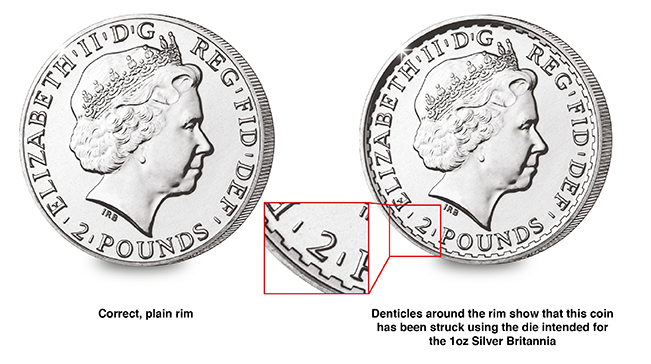
Mintage Figures
Simply speaking the mintage figure is the total quantity of a specific coin that has been struck. This can be higher than the ‘edition limit’ depending on how the coin is offered. Mintage figures are only one of the guides to the collectability of coins as over time coins will be withdrawn from circulation due to damage, they may get lost or be retained by collectors.
Mint
This refers to any organisation authorised to strike coins and medals. The British Royal Mint is one of the oldest and most respected in the world dating back to the 7th century.


